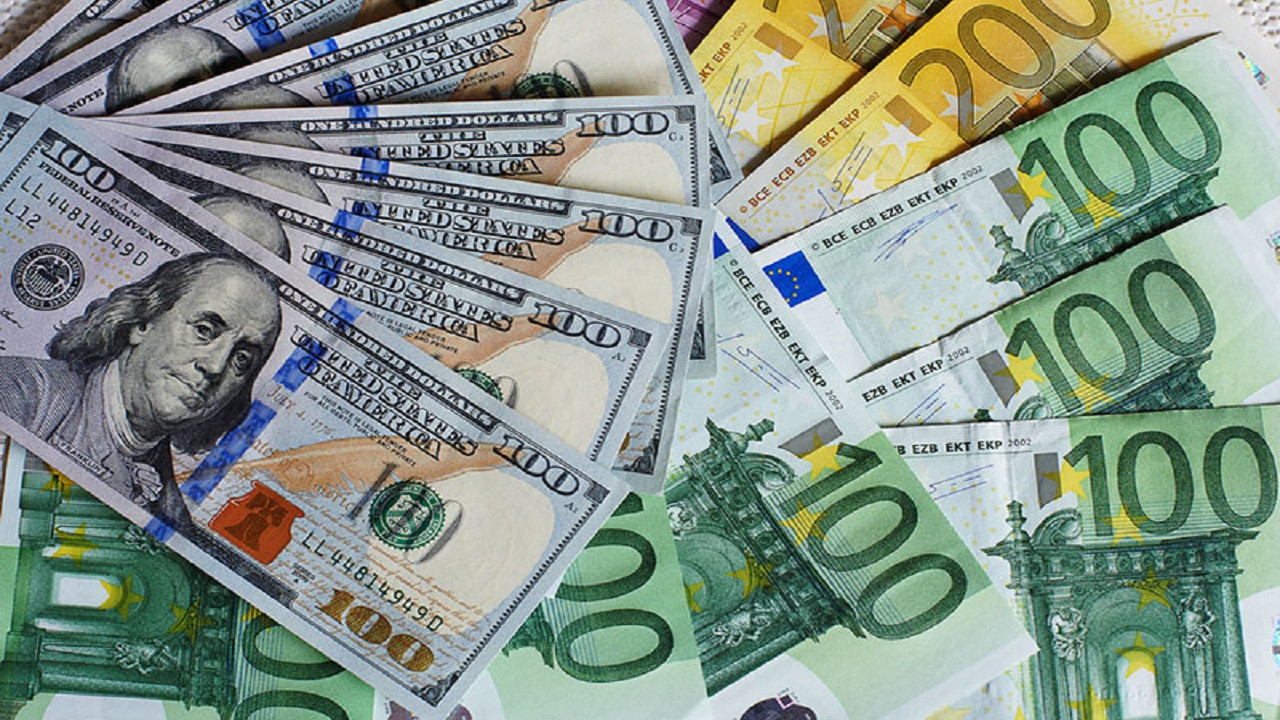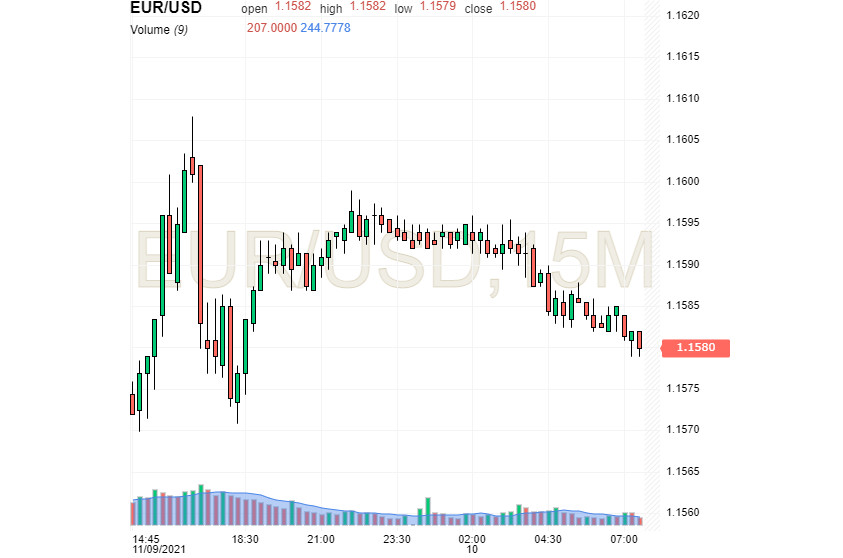
The US dollar's wave-like dynamics show the difficulties of the current week associated with the Fed's decisions regarding the reduction of incentives and the election of a new head. Inflationary issues worsened the situation, which keep the market in suspense.
Experts have recorded a decline in the US currency for the last three days. By the middle of this week, it was trading near a monthly low, waiting for reports on inflation in the United States. According to analysts, the new data will help the Fed determine the timing of an interest rate hike in 2022. Standard Chartered's currency strategists expect the regulator to gradually tighten monetary policy, which will occur in the third quarter of 2022 after the first rate hike. Experts expect that the Fed will focus on bringing the US economy near the inflation targets and maximum employment, and will not once again worry about high inflation. Against this background, experts believe that a gradual rise in rates is natural.
The Euro currency gained a little in the current situation, although it lost some of its positions. Its attempt to bypass the US dollar proved unsuccessful. The beginning of this was laid last week when central banks refused to raise rates. The current situation has put significant pressure on the euro, preventing its growth. It tested the lows of October again and briefly broke the anti-records of July 2020.
Currently, the EUR/USD pair is on the way to the long-awaited equilibrium. The recovery of the pair was facilitated by the fall in the yields of US government bonds recorded last week. According to analysts, a further collapse in US yields will lead to massive dollar sales. At the same time, the euro is trying to keep the positions it has won. On Tuesday evening, the EUR/USD pair was near the level of 1.1591, and the euro managed to maintain a three-day growth. But on Wednesday morning, the pair was trading at the level of 1.1580, reducing its momentum.

The contradictions of the current situation do not prevent analysts from remaining optimistic about the US dollar. Capital Markets currency strategists maintain a constructive view of this currency, believing that the divergence in expectations about rates will come to a common denominator. The implementation of such a scenario will support the US currency. Scotiabank experts agree with them, who fix the prerequisites for further growth of the USD. Analysts said that the greenback will be supported by a reduction in the asset purchase program, which will be a prelude to a rise in rates.
America's current data on the consumer price index will give a new direction vector of USD dynamics. According to preliminary calculations, US consumer prices rose sharply along in October with selling prices at Chinese factories. However, the current economic situation indicates some cooling of expectations: the hydrocarbon market has noticeably fallen, and central banks are not ready to raise interest rates in the near future. Last month, factory prices in China grew at the fastest pace recorded since 1995, exceeding forecasts and reducing the profits of manufacturers. According to recent reports, producer prices in the United States steadily increased in October, despite high inflation and supply problems amid the COVID-19 pandemic.
According to economists, the October consumer price index in the United States accelerated to 0.4% compared with the September growth of 0.2%. At the same time, the core inflation rate added 0.3 percentage points, reaching 4.3%, which is much higher than the target of 2%. The indicator that captures the level of global inflation is carefully checked. Economists are investigating where this indicator deviates – in the direction of strengthening or weakening of price pressure.
Experts said that US inflation remains high long enough to be considered "temporary". This conclusion of the Fed becomes the reason for revising the previous estimates. The approval of a new infrastructure plan by US President Joe Biden worsens the situation. The implementation of this project entails new government spending, which helps to maintain price pressures. In this situation, Scotiabank believes that the Fed may raise the federal funds rate by 0.25% by the end of 2022, and by another 1% in 2023.
Such expectations will definitely support the US currency. In the coming months of 2021 and next year, the American economy will grow at a faster pace, leaving behind the European and Japanese ones. Scotiabank believes that this will give the US dollar a head start. Experts concluded that the possibility of economic victories in the United States will strengthen the attractiveness of the US currency.





















